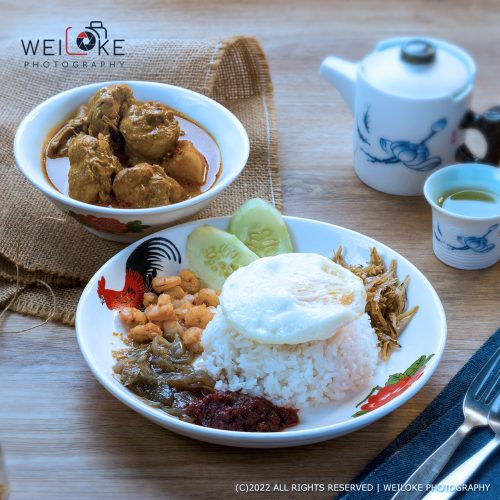What Is Color Calibration and Is It Important?
You took a nice photo for your poster design and now you need to edit it. After days of sleepless nights and editing, it looks great on screen and you’re finally gonna call it a day! You print out your design to see how it looks on paper. BUT, here comes the scary part…the color isn’t the same as what you saw on screen. The magenta looks purple and the neon yellow looks green. You must be thinking “I could’ve sworn I used the right color code! What in the world is going on here?!”. We’ll tell you why.
Why is this happening?
If you have experienced a color inaccuracy situation like this, the main reason could be a color calibration problem. All cameras and screens see color differently and to recreate a photo similar to how you see it in real life, it might take numerous rounds of editing and post-processing. Regardless of the device type, color calibration is especially useful when it comes to achieving a standardized color calibration. Well, exactly what is color calibration?
What is color calibration?
Color calibration can be done on all sorts of devices such as your camera, monitor, or even smartphone. Let’s use monitor calibration as an explanatory example. Monitor calibration is the process of measuring and adjusting the colors on your computer monitor to match a common standard and to achieve an accurate representation of colors. The most used device for measuring color is a spectrophotometer or colorimeter.

How Important Is Color Calibration?
Without calibrating, you can say that the colors you see on-screen might not be 100% trustable. For instance, take a look at the pictures below and you’ll see a color difference.
Now, which picture is the right one? Which is the closest to its color in real life, as captured by your camera? Determining whether your color is calibrated does matter as you don’t want to put yourself at the wrong starting point. Otherwise, you’ll end up making your editing process from what’s already wrong in the first place to something even worse!

Is color calibration a must?
By calibrating, you will have a more accurate starting point. In theory, this leads to fewer edits and a more efficient editing or designing process. On the contrary, starting your work with an uncalibrated screen will cost you more time and effort in post-processing as you go through repeated rounds of trial and error just to get the color right. In fact, color calibration is an important aspect of determining your work quality. If you’re just trying things out as a hobby, color accuracy can be excused but if you’re aiming to reach a professional level, color calibrating should definitely be on your list.
Final Words
Whether you’re a designer, photographer, photo editor, filmmaker, videographer, content creator, or if you’re in any profession or hobby that involves color, color calibration will definitely optimize your entire production process! However, the process of achieving ultimate accuracy is indeed a challenging task and the best way is to seek help from professionals who have mastered the skill. If you’re looking for someone who can help you achieve optimal color calibration, WeiLoke Photography does provide such services. With our in-depth understanding of color and advanced color solutions from Calibrite (X-rite previously), we can take your color-managed workflow to a new level of efficiency and precision. If you wish to find out more, please feel free to contact us.




